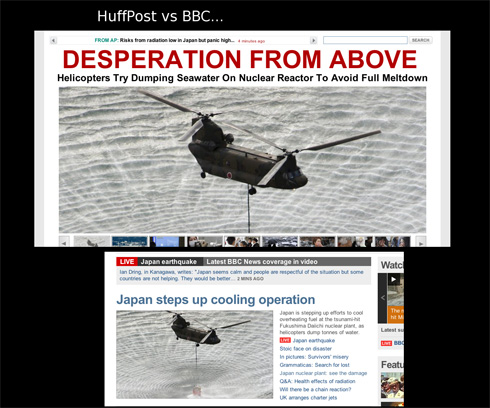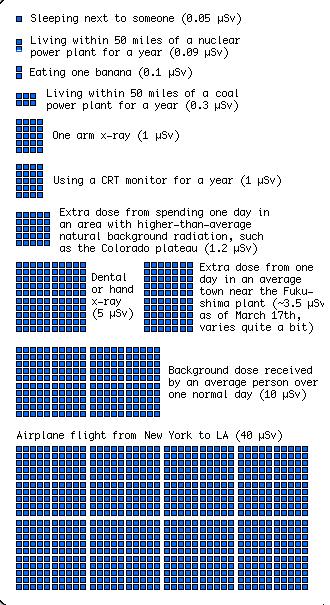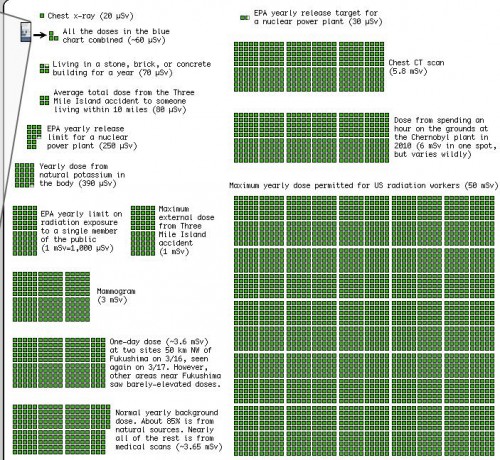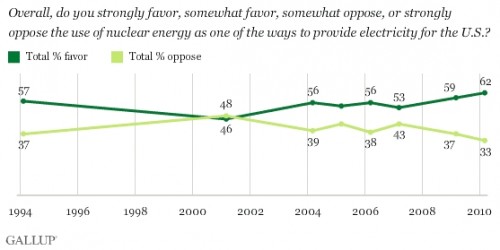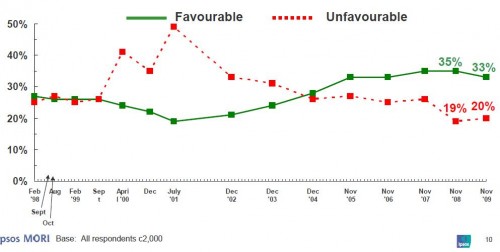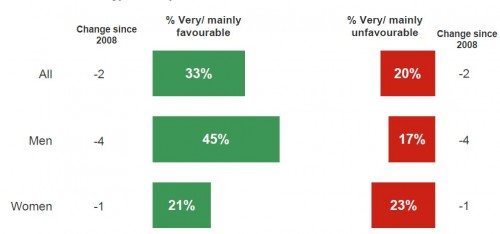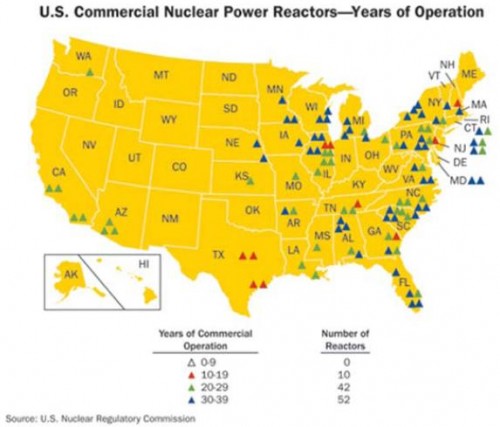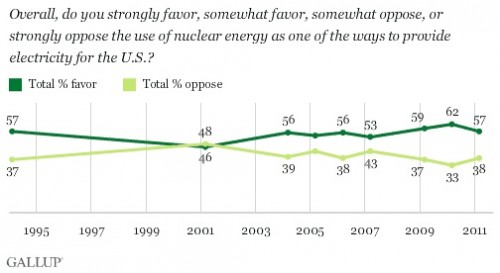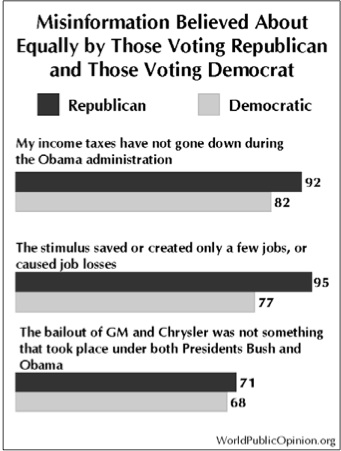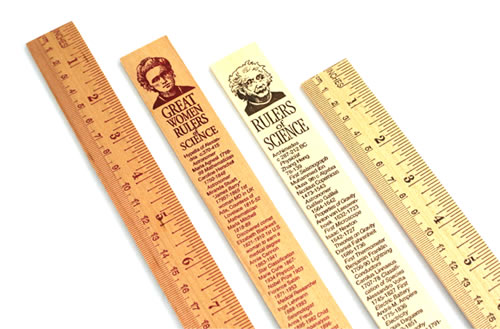When the earthquake and tsunami hit Japan, the twin disasters received a lot of media attention. However, it didn’t take long before concerns about the situation at the Fukushima Daiichi nuclear reactors became a major focal point of media coverage. I remember first hearing about the explosion that damaged the outer containment building at one of the reactors. Every few hours brought more news accounts that seemed to indicate impending disaster — possible radiation clouds set to arrive in Tokyo within hours, evacuations of employees from the reactors, more explosions, the possibility that a full core meltdown would occur. Officials in the U.S. expressed concern about the 20-kilometer (12 1/2-mile) evacuation zone established by the Japanese government and suggested Americans evacuate a larger area.
But criticisms have emerged of media — particularly much of the non-Japanese media — coverage of the problems at the nuclear reactor, suggesting the reporting was often inaccurate or that the severity of the situation and potential dangers were exaggerated, and as a result drew attention away from the destruction and suffering caused by the earthquake and tsunami. The blog Japan Probe posted screen captures illustrating the different tone of coverage of the attempt to dump water from military helicopters onto Reactor 3 as part of the efforts to keep the fuel rods cool. The first, from the Huffington Post, implies more of a sense of panic and looming disaster than does the title to a BBC article using the same photo:
Japan Probe also links to a New York Times map, titled “Forecast for Plume’s Path Is a Function of Wind and Weather,” that shows when various detecting stations could potentially be able to pick up what the NYT takes pains to say would be “extremely low levels” of radiation that would have “extremely minor health consequences” (that last phrase bolded). Here’s the scenario that was forecast for March 18:
Scary, right? But then take a look at the color legend for the map:
The radiation levels indicated by different colors are reported in “arbitrary units.” So the different colors reflect differences in the potential level of radiation as it might hypothetically spread. But it’s based on a scale where the reader has no way to know whether the difference between purple, yellow, and red are actually meaningful and whether everything from 0.001 to 100 units, or a hundred billion gazillion units, all still count as “extremely low levels”of radiation, or if the red would indicate we’re all going to die.
I’m sure that the scientists who developed the model explained what the arbitrary unit was, but as provided in the NYT map, despite the text saying there is little to fear in terms of health, the map with the color coding seems likely to generate concern without providing much useful information.
UPDATE: Dmitriy T.M. just emailed me a link to a post about this topic at TechCrunch, which includes a clip from CNN in which Nancy Grace “schools” a meteorologist about how he’s totally wrong about radiation:
And the San Francisco Chronicle has a post up on SFGate summarizing some of the problems with coverage (via Talking Points Memo).
On the topic of concerns about radiation levels, my friend Kelly V. sent me a graphic put together by xkcd to put the level of radiation exposure from various sources into some context. The image is too large to fit in the space available here, but it’s worth clicking over to take a look. Here are two segments of it, but really, go look at the full image:
I’m certainly not in a position to adequately sort through the actual dangers posed by what’s going on at the Fukushima reactors, but it’s certainly worth questioning media coverage, especially insofar as that coverage drew attention away from the horrendous aftereffects of the earthquake and tsunami.
On a related note, and as a contrasting example, Dmitriy T.M. sent in a cartoon based on an idea by artist Kazuko Hachiya that explains the problem at the Fukushima Daiichi facility to kids through metaphors about constipation, pooping, and farting. So…there’s that. It’s unclear whether the video has really been shown on Japanese TV to actual children or not.
UPDATE: Reader Rei Tokyo, who lives in Tokyo, says the video has never been shown on local TV to their knowledge. I have a feeling this is more of an internet sensation outside Japan than within it.

